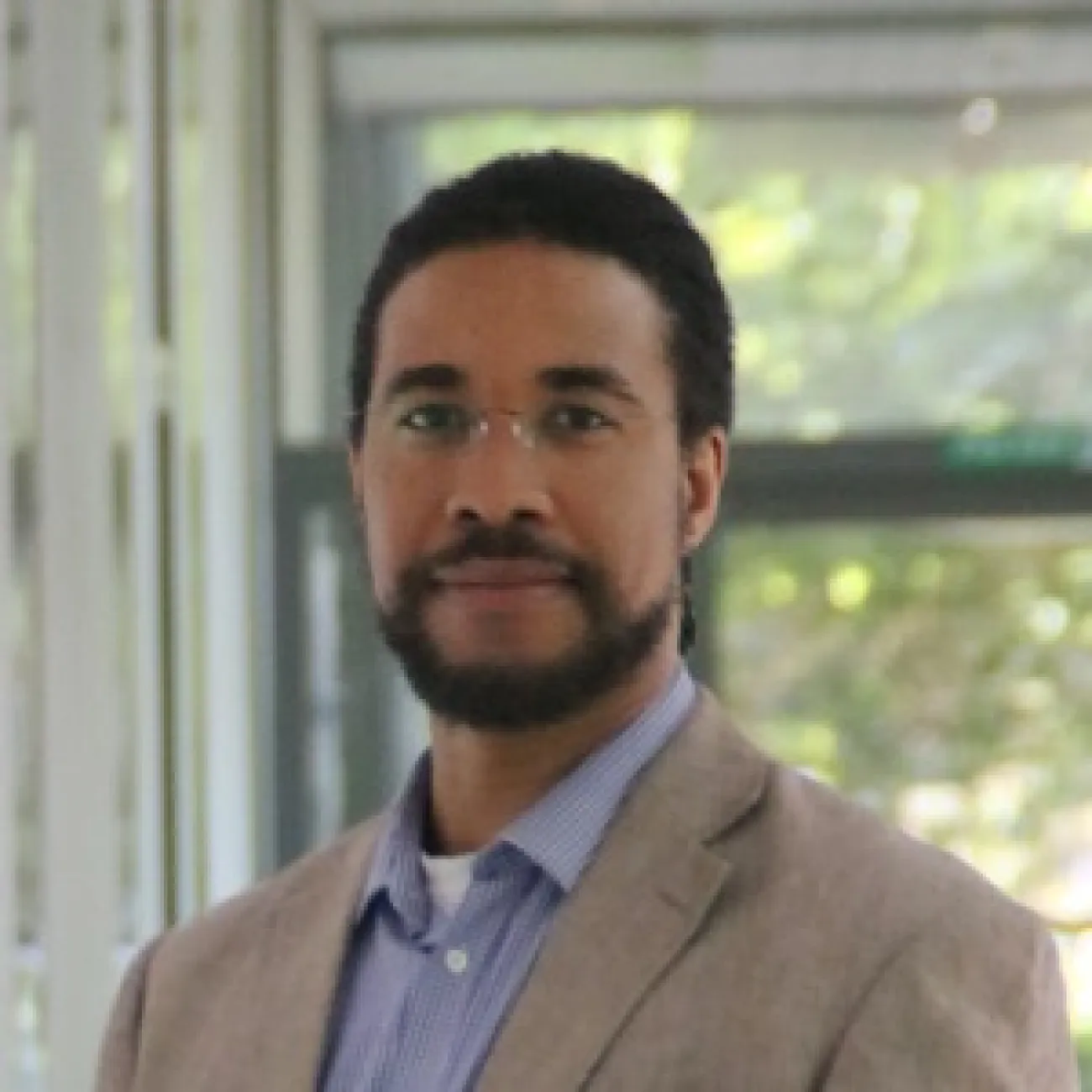About
Marcus Newton is an Associate Professor and leader of the Coherent X-ray Science Group. His research is focussed on the study of quantum materials at the nanoscale. This includes the study of multiferroic materials for next generation energy efficient integrated devices. Other research activities include the use of symmetry equivalence in quantum materials for modelling early universe phenomena such as cosmic strings and the Higgs mechanism. He has pioneered the development and use of lens-less imaging techniques such as Bragg coherent diffraction imaging (BCDI) for the study of quantum materials at the nanoscale. He also plays an active role in the development of CDI techniques at the Diamond Light Source synchrotron facility.
He has many years experience in delivering lecture series courses on 'Crystalline Solids' (PHYS3004), ‘Applied Nuclear Physics’ (PHYS3009) and ‘Computer Techniques in Physics’ (PHYS6017) as a part of the undergraduate teaching programme. He is also co-author of the third edition of Introductory Solid State Physics, an undergraduate text book on condensed matter physics to be published by Taylor & Francis.
Marcus is author of the Interactive Phase Retrieval Suite, the first software package that allows for real-time visualisation of the reconstruction of phase information in both two and three dimensions. This is the most popular software tool for phase reconstruction of Bragg CDI data and is routinely used at various synchrotron facilities including the Diamond Light Source, the European Synchrotron Radiation Facility (ESRF) and the Advanced Photon Source (APS). It has provided Coherent Diffraction Imaging scientists with a step improvement in the efficiency of data analysis through automation and ease of use.
You can update this in Pure (opens in a new tab). Select ‘Edit profile’. Under the heading and then ‘Curriculum and research description’, select ‘Add profile information’. In the dropdown menu, select - ‘About’.
Write about yourself in the third person. Aim for 100 to 150 words covering the main points about who you are and what you currently do. Clear, simple language is best. You can include specialist or technical terms.
You’ll be able to add details about your research, publications, career and academic history to other sections of your staff profile.
